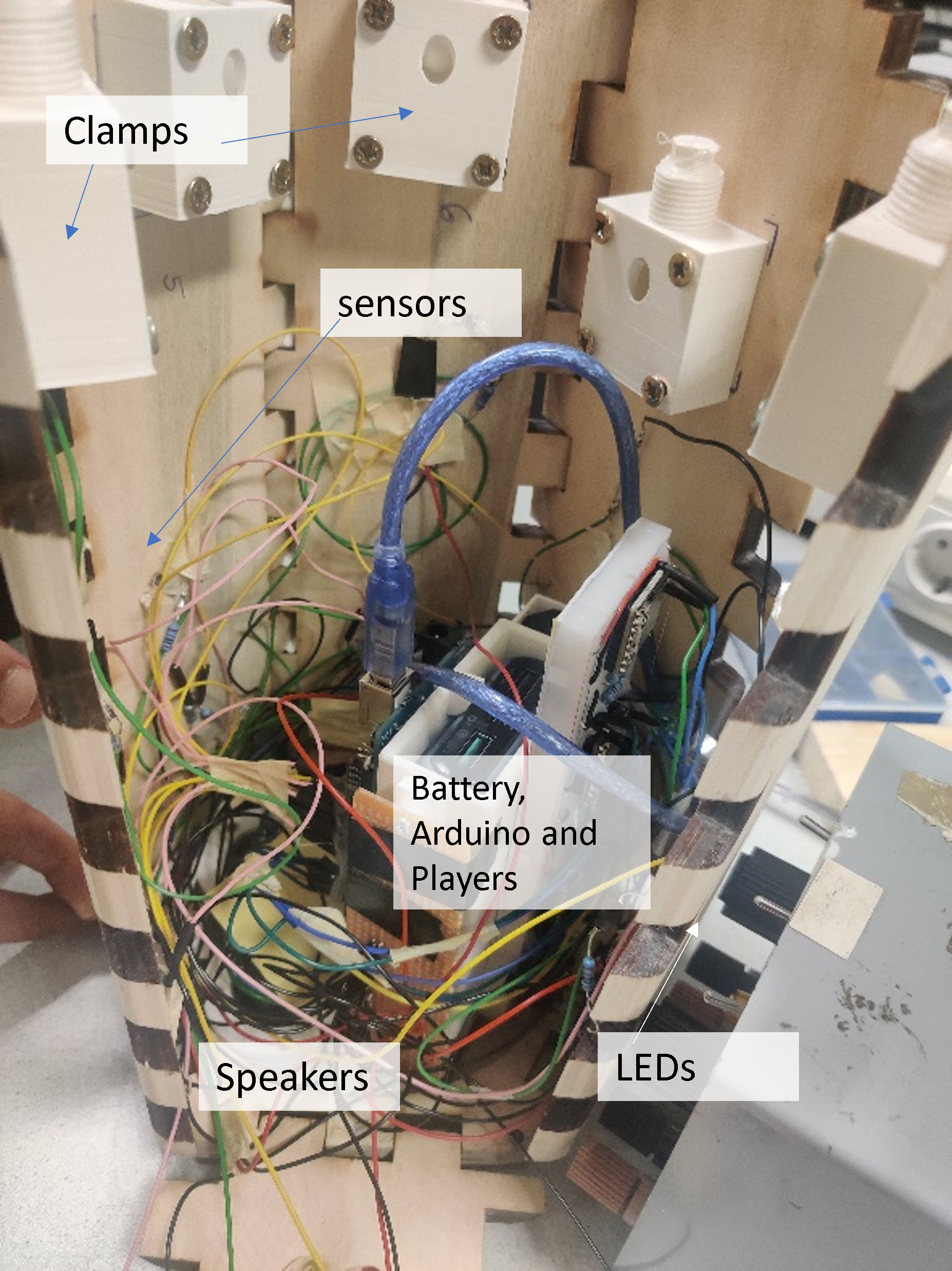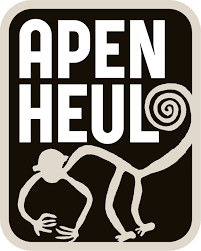2021-2022
How to engage highly intelligent Capuchin Monkeys indoors ?
One of my most meaningful projects was during my graduate thesis, where I developed enrichment devices for Capuchin monkeys to enhance their engagement during winter months when they remain indoors. The project aimed to address their psychological well-being while considering the needs of key stakeholders, including the caretakers and zoo management.
As the product designer, my role involved designing a solution that balanced the monkeys' engagement needs with long-term health considerations. This required extensive research into sensor technology, animal behavior, and stakeholder requirements. For instance, I had to ensure the device avoided over-reliance on food-based rewards while still being stimulating. I designed, coded, and built a unified system using sensory inputs to trigger interactive engagement, iterating the design based on testing and feedback.
This experience not only strengthened my ability to design for non-verbal users but also reinforced the importance of considering diverse stakeholder perspectives in product development. You can explore this project further in the publication article on Apenheul, as well as in the comprehensive case study and the full report below.
Results & Future Direction
# Successfully created and tested the first digital enrichment system for capuchin monkeys.
# Enrichment system improvement engagement by 9x.
# the results showed that some kind of food rewards are needed for long term engagement.
# Established framework for future research direction of digital enrichments for capuchins.
Four graduate students are now building on my work, and we are preparing a paper for publication.



ACI Workshop at Co-creation School - IDEO U
I, along with Puck Kemper who continued my project recently conducted a joint workshop on the Animal-Computer Interaction (ACI) co-design process to showcase the challenges of designing enrichment devices for animals in captivity. The goal was to help participants understand the complexities of balancing diverse stakeholder priorities while creating effective solutions for animal enrichment. Participants were divided into groups of five, with each person assigned the role of a stakeholder (e.g., caretaker, behaviorist). Each group worked together to create a solution addressing all stakeholders' key priorities. I designed scoring criteria to evaluate their solutions and compared them with my own project as a benchmark.
I, along with Puck Kemper who continued my project recently conducted a joint workshop on the Animal-Computer Interaction (ACI) co-design process to showcase the challenges of designing enrichment devices for animals in captivity. The goal was to help participants understand the complexities of balancing diverse stakeholder priorities while creating effective solutions for animal enrichment. Participants were divided into groups of five, with each person assigned the role of a stakeholder (e.g., caretaker, behaviorist). Each group worked together to create a solution addressing all stakeholders' key priorities. I designed scoring criteria to evaluate their solutions and compared them with my own project as a benchmark.
RESULT
The workshop effectively highlighted the unique challenges of ACI design. Participants gained practical insights and appreciated the hands-on approach, with positive feedback underscoring the value of the experience.
The workshop effectively highlighted the unique challenges of ACI design. Participants gained practical insights and appreciated the hands-on approach, with positive feedback underscoring the value of the experience.



